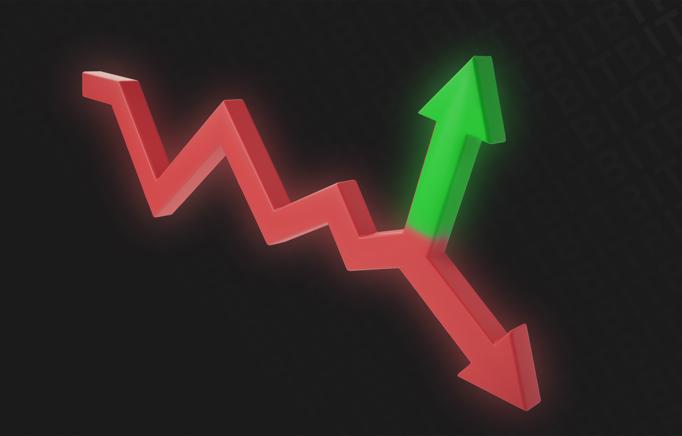What is short squeeze
Crypto for Beginners
Other articles
A short squeeze is caused by a large number of traders shorting an asset or market at the same time.
Going short against a market or asset may be advantageous, especially in negative situations. Even if it may not always appear so, bear markets might provide profitable chances for those who are willing to follow the trend. Under these conditions, short selling becomes a viable alternative. Short selling has the advantage of causing a short squeeze, which is a quick price spike that "traps" short sellers. A short squeeze, as the name implies, is frequently brief, and the downturn resumes quickly thereafter. It is, nonetheless, one of the more exciting market occurrences to see. It is also worth mentioning that traders might profit from such short squeezes by starting a long position at the proper time.
Short squeezes can occur in any financial market once the price of an asset rises dramatically. Short sellers will be forced to exit their positions or risk losing their whole portfolio if this occurs. Short squeezes are rather common; however, they can be difficult to forecast.
Short sellers' goal is straightforward: follow a negative price trend and hope it continues to decline. They can use a variety of tools and methodologies, including technical analysis, to assess the viability of that strategy. However, if prices rise, their short positions will result in an unrealized loss. Short sellers are better off liquidating their positions using stop-loss triggers or liquidations for margin and futures trading if this loss grows too large.
When a large number of short positions are closed in a short period of time, the asset's price is likely to rise significantly. As a result, a price surge will ensue, representing the short squeeze. When shorts close positions, an increasing number of buy orders will be placed to acquire the asset. A short squeeze is frequently accompanied by a considerable spike in temporary trading volume. The short interest in play at any particular time is one issue to consider. As the amount of interest increases, it will be simpler to "trap" short-sellers and compel positions to be closed. The volatility will rise exponentially as more liquidity is trapped. There will always be a point when demand exceeds supply, resulting in a temporary squeeze.
While most people would think of short squeezes in the bitcoin business, there are more examples in the stock market. The number of short positions increases if a firm has bad sentiment despite retaining a high price. If there is good news or an announcement, all short holdings are at danger of being liquidated. As a result, enormous purchasing occurred, causing the stock price to rise and causing a short squeeze.
Some equities attract more short sellers than others. Tesla and, more lately, Gamestop are two such equities that appear to be highly coveted. It is one of the most shorted stocks in history, if not the most shorted stock in history. Their prices have witnessed extremely high peaks and much higher lows, resulting in a number of possible short squeezes.
If we return to cryptocurrency, as soon as Bitcoin or Ethereum prices rise, there will be some rooting for a sudden drop. Furthermore, the use of derivatives and high leverage makes shorting Bitcoin more enticing. Even slight price fluctuations, however, have the potential to trap short sellers. This industry is prone to both short and protracted squeezes. Overleveraging can be detrimental to one's portfolio.


